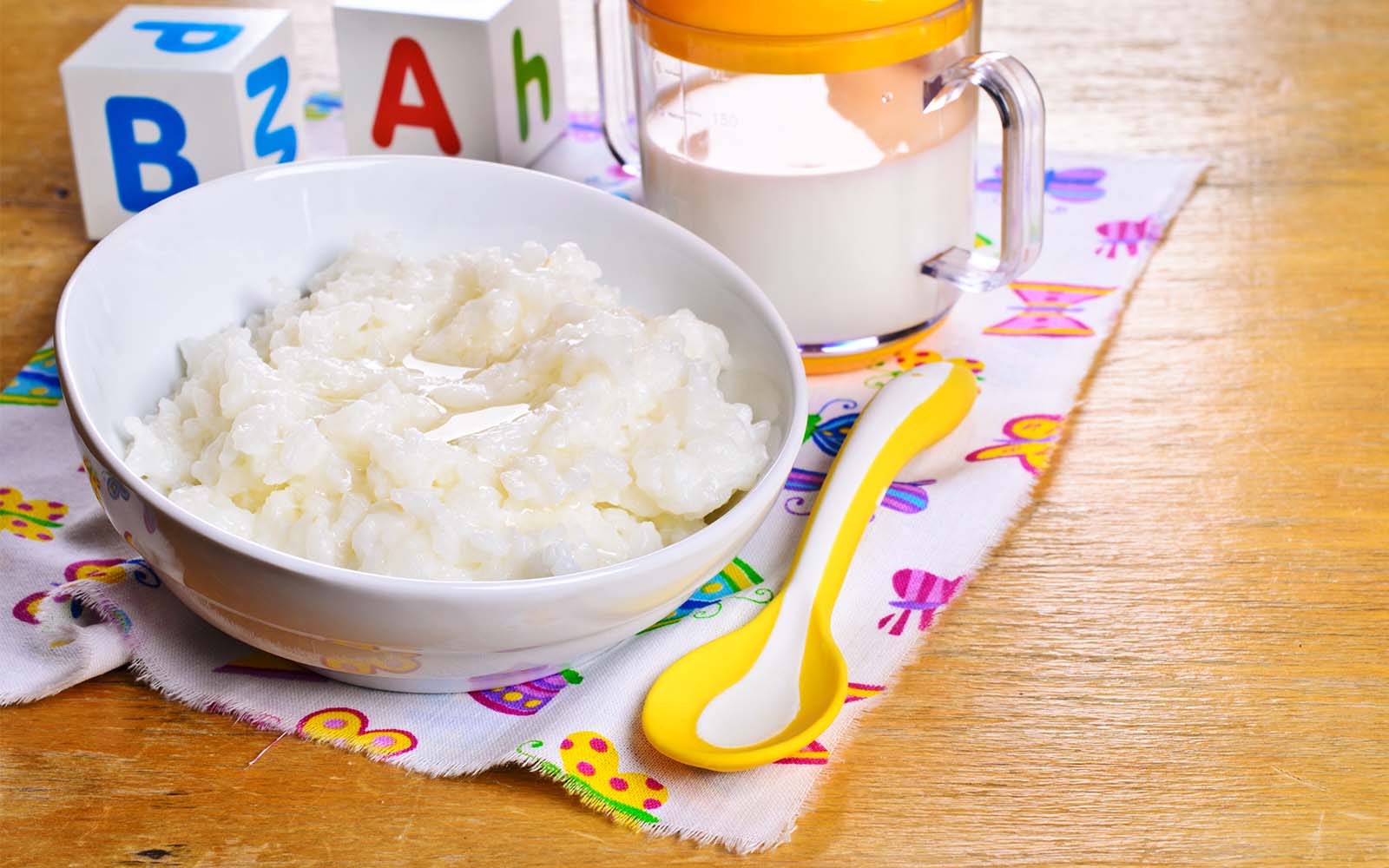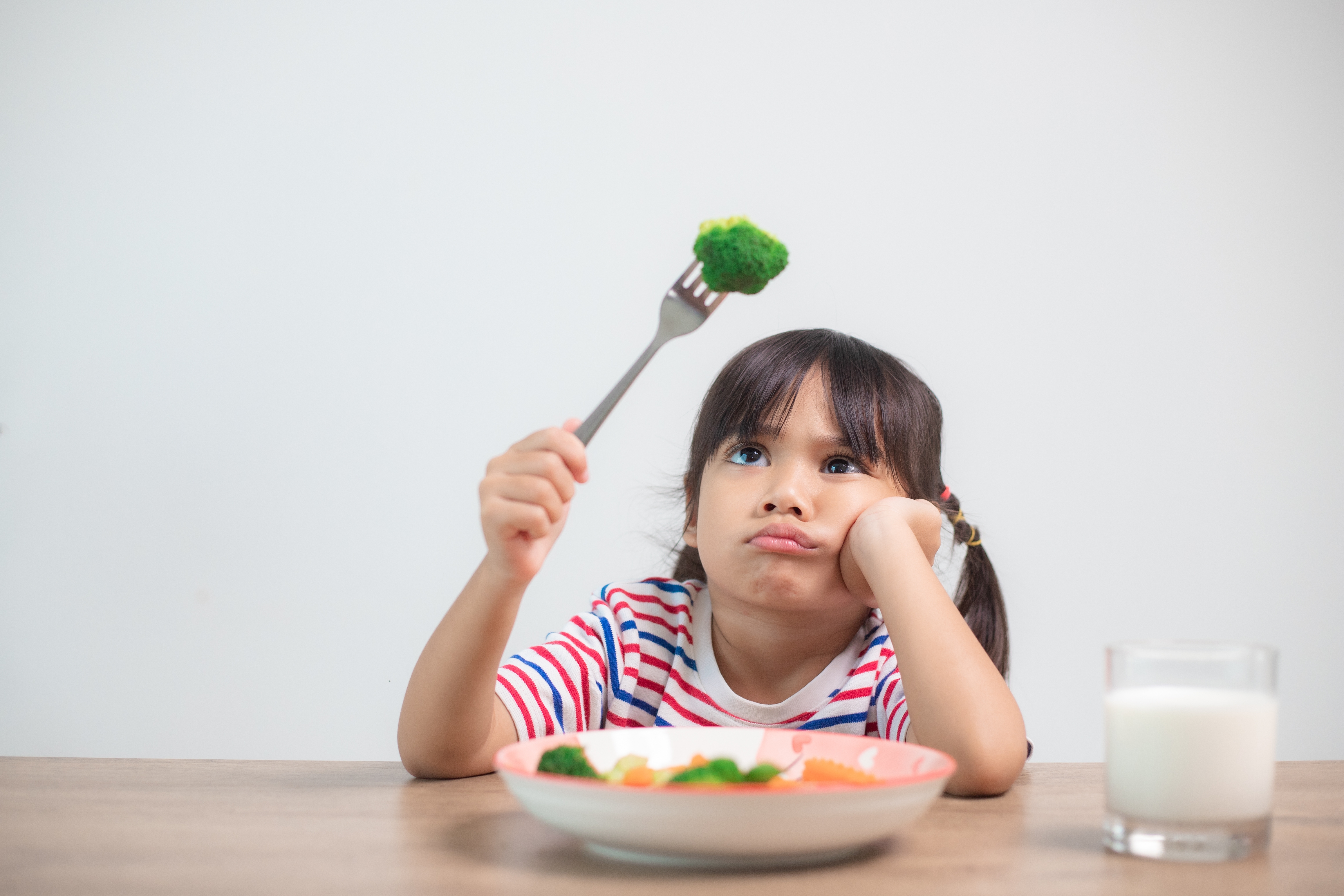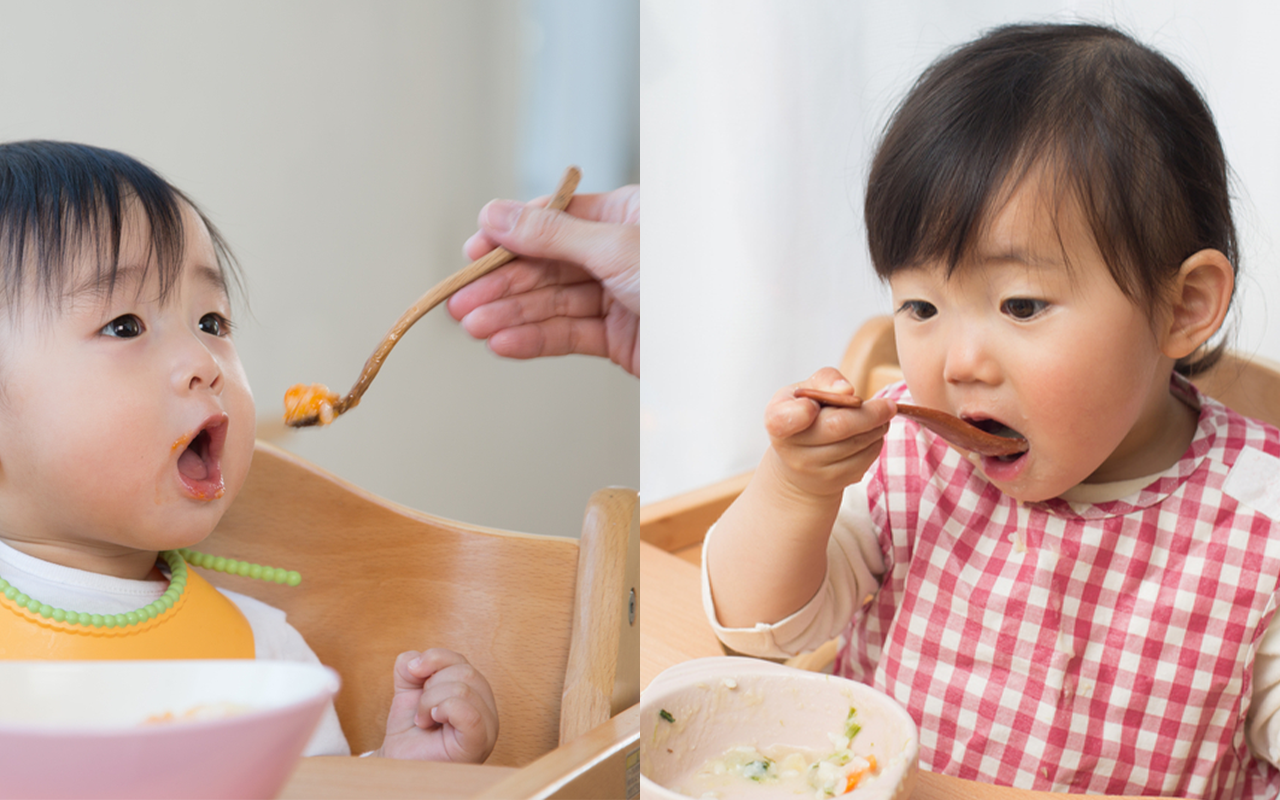
Since rice is a staple in Myanmar, there is often a concern among parents that their children may miss out on essential nutrients if they don't consume rice. However, it's important to examine whether rice alone can provide all the necessary nutrition for children.
Rice's Nutritional Value
In Asia, processed and polished white rice primarily consists of protein, carbohydrates, carbon hydrogen, and fatty acids. Compared to brown rice, white rice has a lower concentration of nutrients. It's a misconception that rice is the most nutritious food. Instead, it is perfectly adequate for children to consume other nutritious foods in place of rice.

Nutritious Alternatives
Not only for kids but also for adults, relying solely on fragrant Burmese rice can lead to monotony. For children, mashing rice to ensure thorough chewing can also become tiresome to eat. Expensive supplements are not necessary if you are breastfeeding your child. Instead, consider serving soft-cooked rice alongside colorful crops such as sweet potatoes, carrots, broccoli, and protein-rich options like fish, shrimp, eggs, and beans. Fresh fruits are also suitable for children, and serving them with a vegetable-rich soup can further enhance their nutritional intake. Remember that the choice of supplements may vary based on the child's age, so it's important to provide appropriate options.
If your child refuses to eat certain foods, you can try different approaches, such as changing plates or introducing alternative options. Instead of rice, you can offer noodles, pasta, potatoes, cakes, bread, eggs, and other nutritious foods. By adapting your child's preferred eating style to include a range of nutritious foods, you may pique their interest and encourage them to try new things.

Dealing with Picky Eaters
It's common for kids to refuse certain foods, especially if moms tend to stick to their preferences and repeatedly cook the same meals. To ensure a well-rounded diet, it's important to introduce a variety of foods. When a child encounters a new meal, they may initially find it challenging to eat, and if parents resort to forceful tactics or scolding, it can create fear and resistance towards future meals.
Preparing and cooking meals can be highly beneficial in stimulating children's appetites. Kids are often drawn to vibrant colors, so incorporating fruits and vegetables can make the dining experience more enjoyable. If your child initially rejects a new meal, consider reintroducing it in the coming days, even if they refuse to eat it initially. When a child eats well and shows enthusiasm, it's important to acknowledge and praise their efforts. However, it's crucial to avoid using scare tactics or offering snacks and toys as rewards after completing a meal.
Rice is not the sole source of nutrition in Myanmar, although it is a staple food. Therefore, when children refuse to eat rice, there's no need to worry about their nutrition. By offering alternative meal options, such as different grains or dishes, you can provide a well-balanced diet without constantly scrambling to cater to your child's preferences during mealtime.




Comments